In a bold shift for the 2025–26 school year, the Etiwanda School District has begun to embrace artificial intelligence, activating AI accessibility on student Chromebooks. These tools have sparked excitement as the public is growing increasingly aware that this technology will reshape our world.
New technologies often have their pros and cons. Controversies are expected with new tech and ideas, as culture aims for balance. AI risks potential cheating while also acting as a tool to help learning. While AI can be a crutch, it also benefits students. Banning it in a world full of AI would be impossible, as students would be best off to learn how to use it properly in our educational world.
District director of Data, Assessment, and Accountability David Ortiz realizes the balancing act: “I think it depends on how much you use AI,” Ortiz said. “AI can promote learning, but it also can make you cognitively relaxed. If you depend on it too much, it could be a detriment to how much you learn and achieve.”
For years, AI was a distant concept, but its ability to simplify complex topics, assist with research, and streamline learning cannot be ignored. Now, students can use it to summarize articles, clarify concepts, or generate study help. Denying these tools to kids would be this generation’s equivalent of pretending that calculators don’t exist for math, Yet educators caution that responsible use is key.
Seventh-grade teacher Mrs. Keltner supports the change but warns against shortcuts. “I think it’s positive, but there are ways you can use it as a crutch,” she said. “At the end of the day, students still need the ability to adapt and really grow from what they’re learning.”
The district’s decision isn’t random; it’s strategic. According to district librarian Melissa Kvalheim, a committee is already working behind the scenes to guide the rollout. “Etiwanda is trying to be proactive in determining the best use of AI for our students,” Kvalheim said. “This year is an exciting time because we are going to be diving more into that.”
Students, too, are beginning to see AI as more than a tool for cutting corners. 7th grader Orlando Chechitelli said he plans to use AI when he needs extra support. “[AI is] beneficial. I’ll use it for notes or maybe to ask a question,” he said.
With teachers and students feeling the weight of so many tasks and responsibilities, AI offers relief by managing workloads and encouraging deeper understanding. Mellissa Kvalheim believes the technology has long-term benefits. “Ideally, AI would be used as a tool like we use our Chromebooks or like we use any of our platforms to help students be successful and also just to learn how they can use it when they leave school and are functioning members of society,” she said.
As Etiwanda steps into this new tech territory, its approach may set a model for other districts across California. The coming year will test whether AI can become a trusted classroom partner, enhancing learning without replacing it. But for now, teachers and students are beginning to explore its possibilities together, knowing that this new technology will change our world.

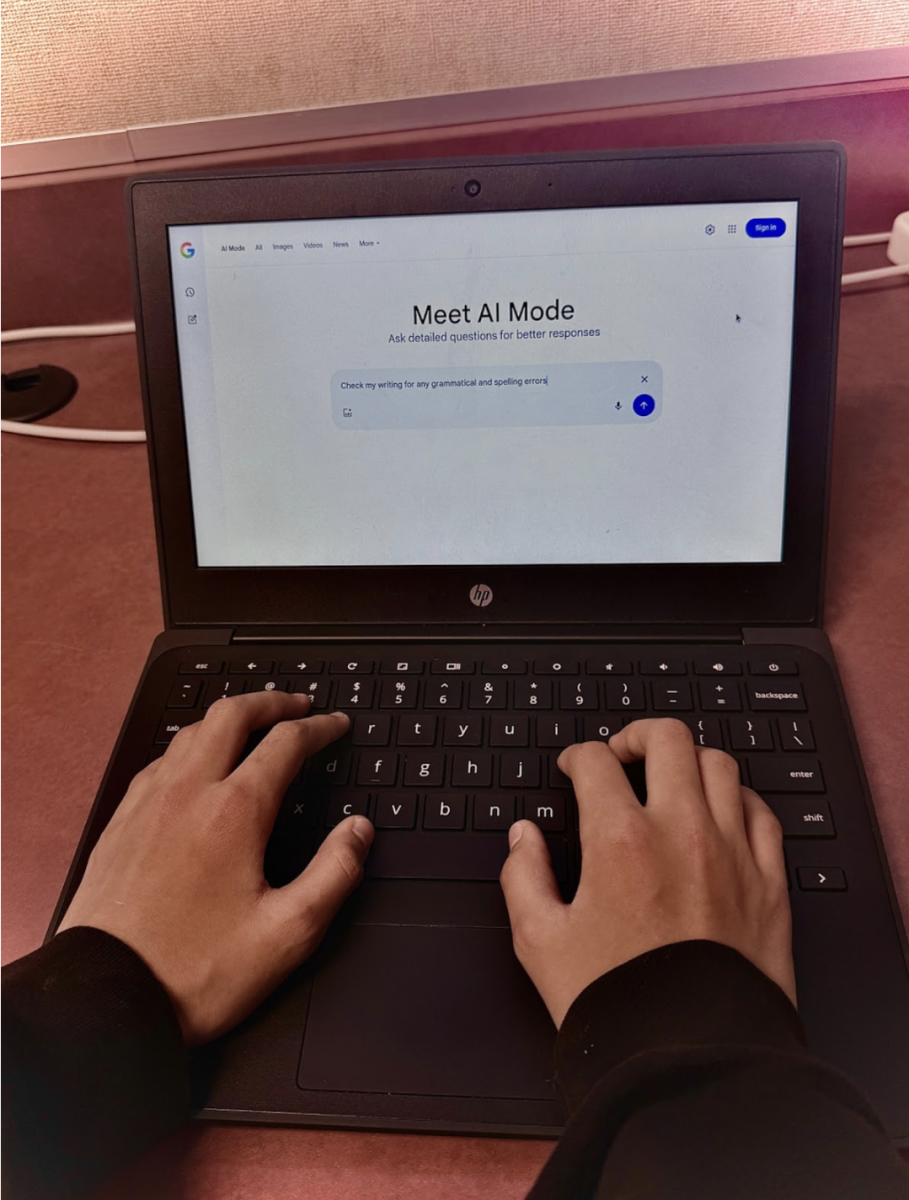


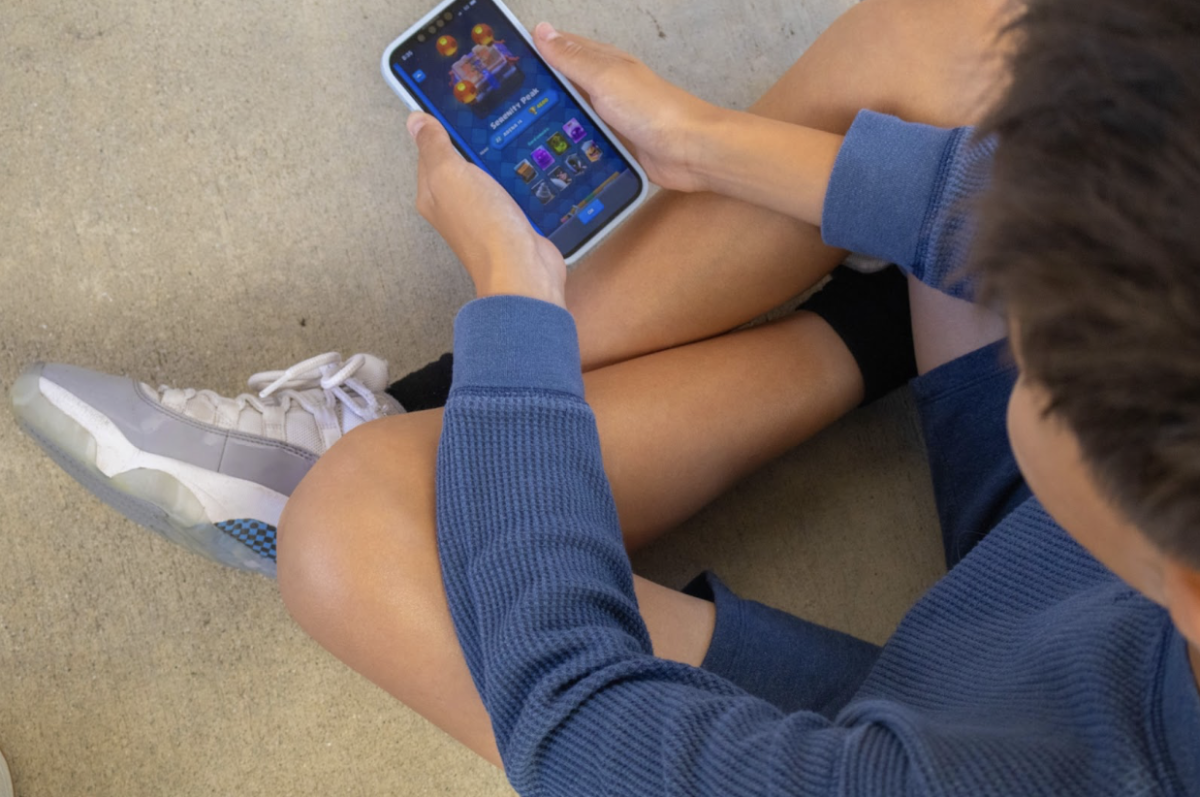
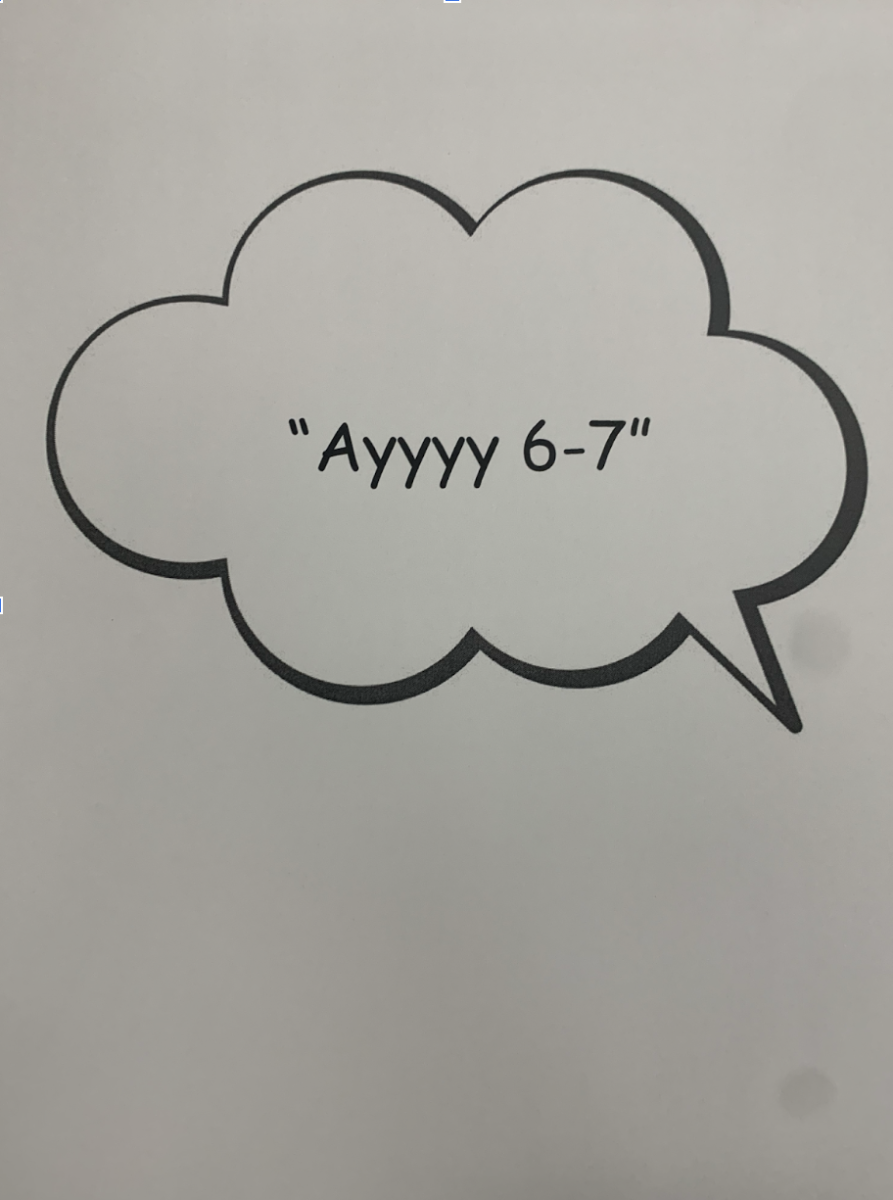

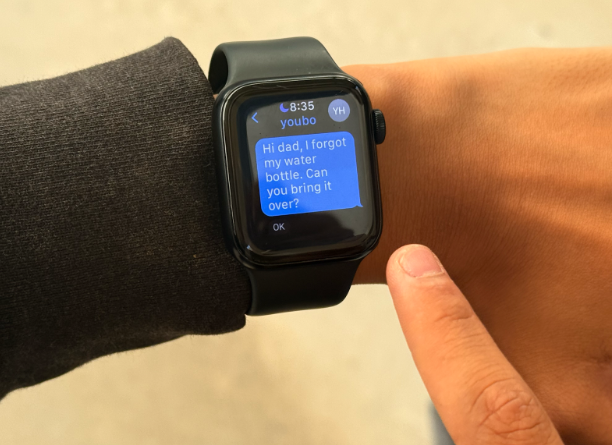

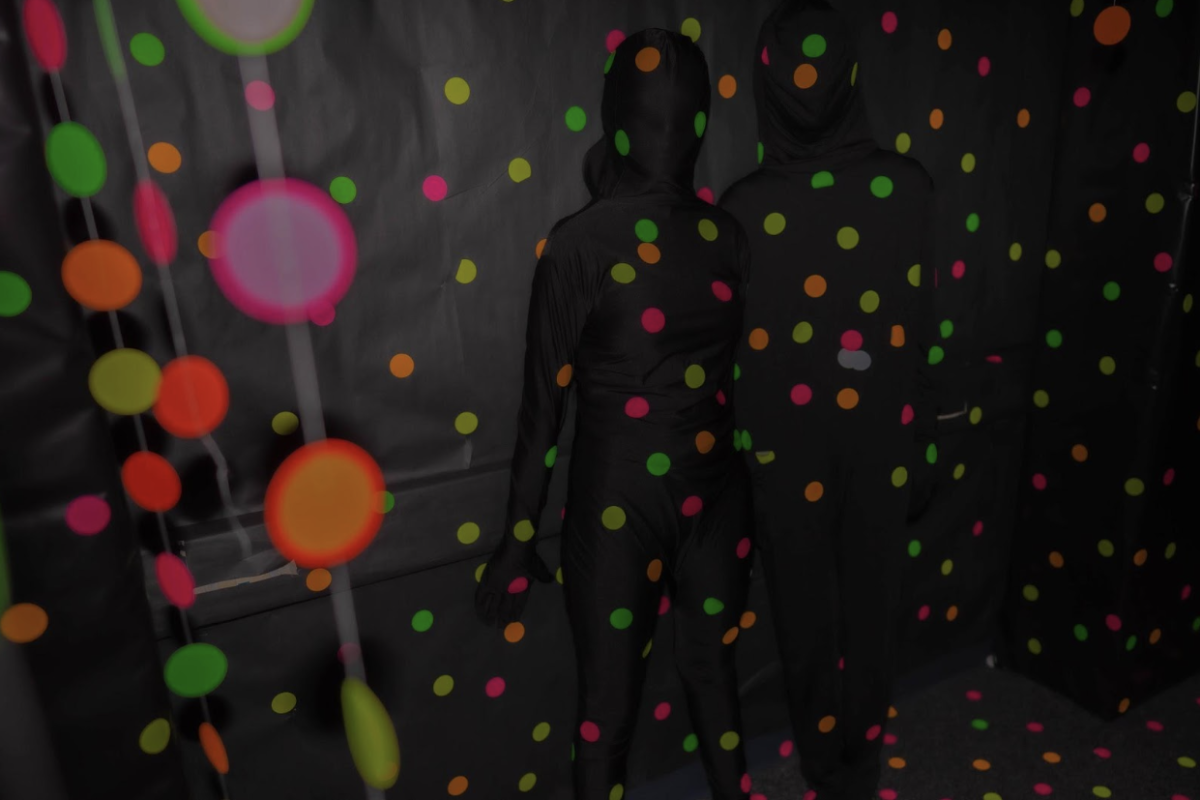




charice • Sep 5, 2025 at 9:08 pm
WOW!! KEEP THE GREAT WORKS!! WOW
Blake Sun • Sep 5, 2025 at 9:07 pm
So cool 🤩🤩🤩